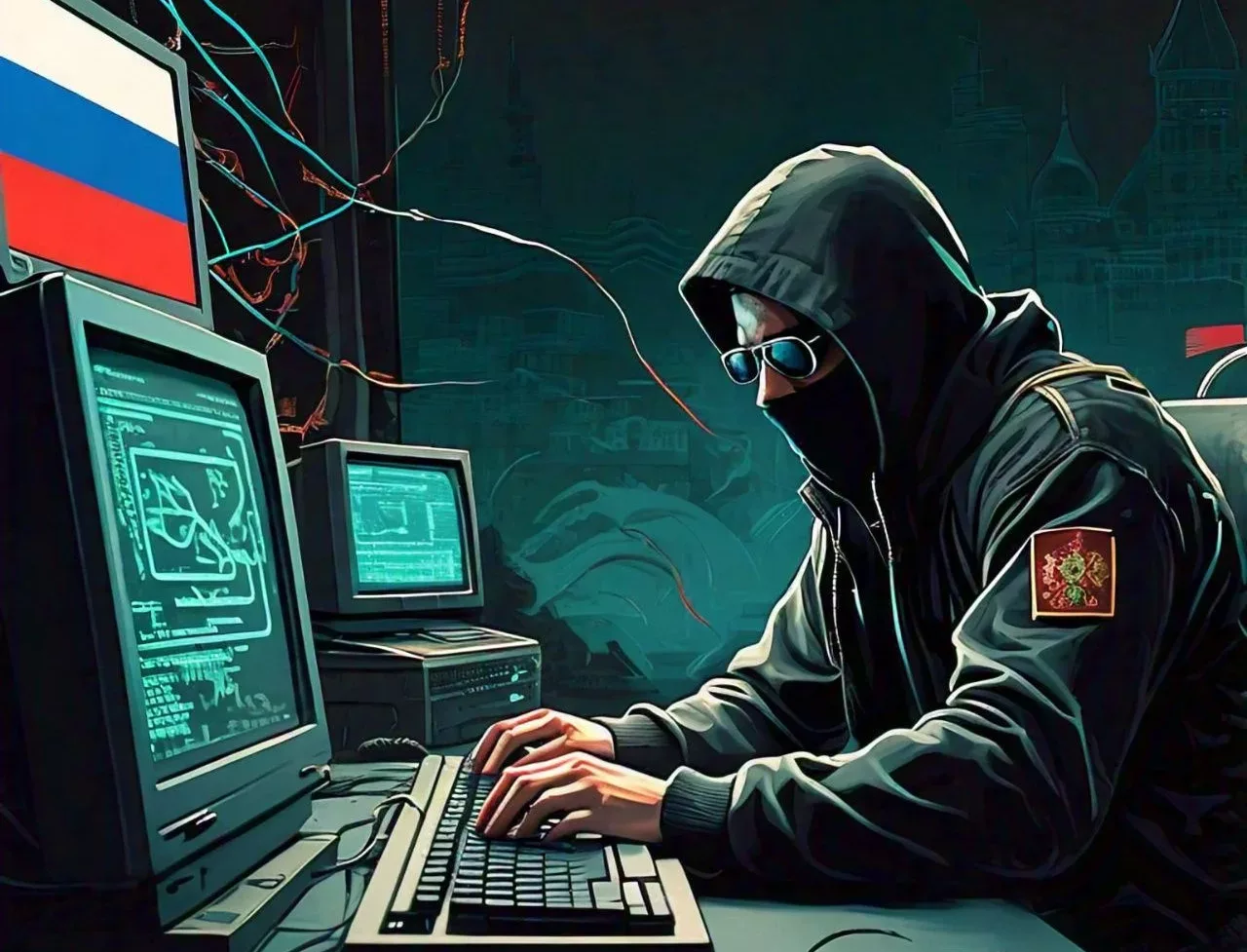Russia’s GRU Unit 29155: A Lethal Mix of Cyber and Physical Combat
Russia’s GRU Unit 29155 known for its role in killings, power grabs, and explosions, has stepped up its covert actions by creating a dedicated cyber warfare team. This group has ties to bold hacking efforts aimed at nations worldwide signaling a new phase in Russia’s hybrid warfare strategy. This blend of real-world and digital methods shows a risky shift in global fights where the lines between traditional and cyber warfare grow less clear.
A Brutal History of Attacks and Killings
Unit 29155 stands out among special forces groups. As part of Russia’s GRU military intelligence agency, it has played a role in some of the most well-known and lethal actions linked to the Russian government. The unit has built a name for itself as a merciless tool of Kremlin power. Its activities range from using a Novichok nerve agent to poison Sergei Skripal in the UK to planning a killing in Bulgaria and blowing up a weapons storage facility in the Czech Republic.
But its newest project reveals that the unit isn’t satisfied with just physical damage. Unit 29155 has now moved into the online world where it uses cyber methods to cause problems and instability for targets worldwide.
The Rise of Cadet Blizzard
The hacking team linked to Russia’s Elite GRU Unit 29155, which goes by names like Cadet Blizzard, Bleeding Bear, or Greyscale, has turned into a major player in cyber warfare. Intelligence agencies from the West, including the US, UK, Ukraine, Australia, Canada, and several European countries, have tied this group to Unit 29155. People connect the group’s online attacks to hits on key infrastructure, government bodies, and different organizations across many continents.
Cadet Blizzard has carried out several harmful actions. These include attacks with malware that destroys data defacing websites of the Ukrainian government, and stealing sensitive info. The group has taken it a step further by making up a fake “hacktivist” called Free Civilian. This false identity helps them hide their tracks and push their goals.
For those interested in cybersecurity and defense measures, the US Cybersecurity and Infrastructure Security Agency (CISA) has published detailed advisories on Cadet Blizzard’s hacking methods, along with guidelines on how to spot and mitigate such threats.
The GRU’s Hybrid Warfare Strategy
What makes Unit 29155’s cyber operations particularly alarming is the way they mirror the unit’s physical activities. Traditionally, special forces and cyber units operate separately, but in the case of Unit 29155, there seems to be a concerted effort to integrate these two domains. This approach is indicative of a broader strategy by the GRU to blur the lines between physical and digital warfare, creating a more comprehensive and unpredictable threat.
The US Department of Justice has taken a strong stance against these activities, recently indicting five members of Cadet Blizzard and offering a $10 million reward for information leading to their arrest. This move underscores the seriousness with which the US government views these cyber threats, particularly in light of the group’s attempts to probe vulnerabilities in US critical infrastructure, including the energy, government, and aerospace sectors.
For more information on the DOJ’s efforts and the specific charges against these hackers, you can visit the US Department of Justice’s website.
Global Implications and the Future of Cyber Warfare
The implications of Unit 29155’s actions are far-reaching. By combining physical and digital tactics, the GRU is setting a dangerous precedent for how future conflicts may unfold. The group’s ability to infiltrate and disrupt critical infrastructure in countries around the world has heightened concerns about the vulnerability of global networks to state-sponsored cyberattacks.
In addition to their cyber activities, Unit 29155’s hackers have been linked to espionage efforts aimed at gathering intelligence on military movements and supply chains. For example, in one instance, the group reportedly breached a railway agency in a Central European country to spy on train shipments of supplies to Ukraine.
This combination of cyber and physical sabotage represents a new frontier in warfare, one where the lines between conventional military operations and cyber operations are increasingly blurred. For those in the cybersecurity field, the rise of Unit 29155’s hacking team serves as a stark reminder of the need for robust defenses and vigilance against state-sponsored threats.
Conclusion: A Dangerous New Era
As Unit 29155 continues to expand its cyber capabilities, the world is entering a dangerous new era of warfare, one where the physical and digital realms are intertwined in ways that were previously unimaginable. The GRU’s willingness to use both sabotage and cyberattacks as tools of statecraft is a clear indication of the lengths to which it will go to achieve its objectives.
For those concerned about the growing threat of cyber warfare, staying informed and prepared is essential. Organizations should consider enhancing their cybersecurity measures and staying up to date with the latest advisories from agencies like CISA and the US Department of Justice. The threat posed by groups like Cadet Blizzard is real, and it is only by remaining vigilant that we can hope to defend against these new and evolving forms of attack.
More News: Tech News


